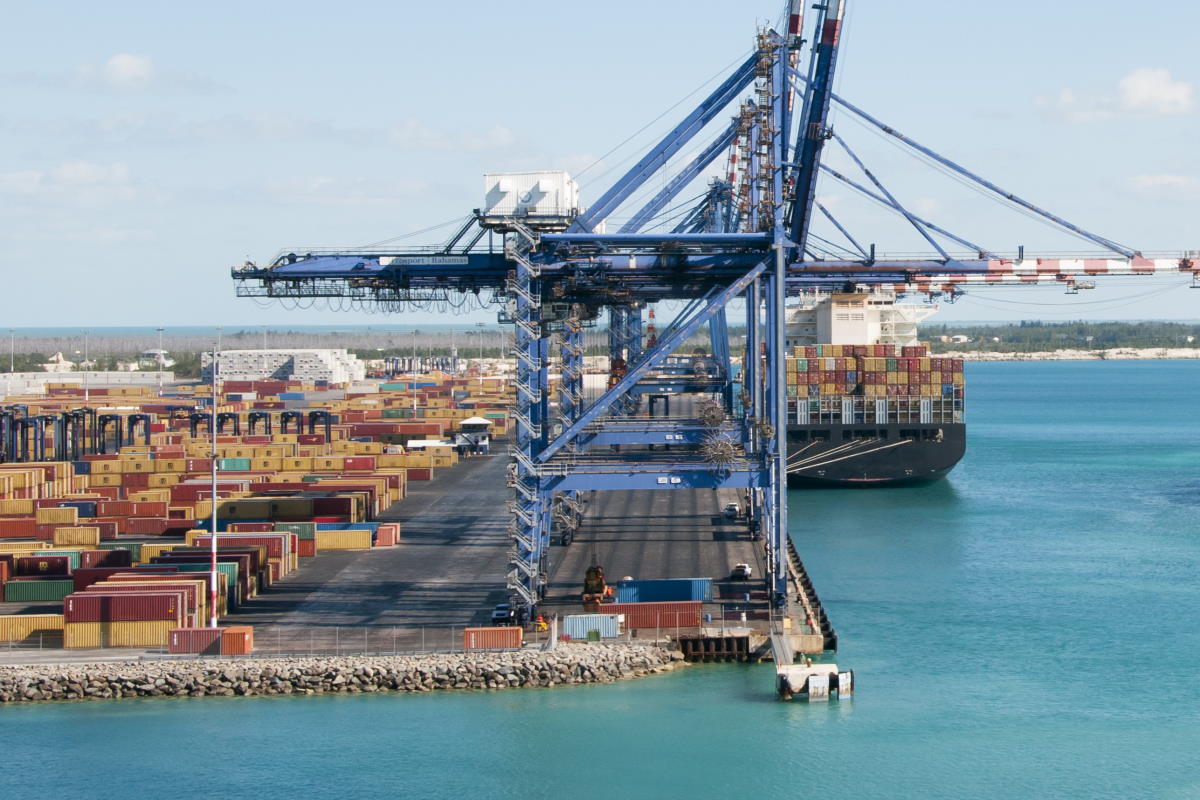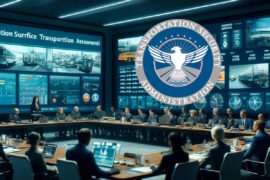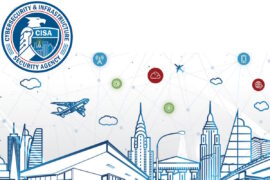IAPH reports cybersecurity concerns when it comes to data sharing, need for more human capital investment

A recent summary report by the International Association of Ports & Harbors (IAPH) identifies reluctance on the part of private sector parties in sharing critical data with public authorities due to concerns around cybersecurity. It also detected a need to invest in human capital to drive digitalization across the maritime and port sector.
“As recent cyberattacks on prominent port infrastructures have illustrated, ports need to ensure that they have a sound cybersecurity strategy implemented in their port and in particular throughout their organization before they can expect other stakeholders to demonstrate a willingness to share and exchange data on common use data platforms,” the IAPH wrote in its summary report titled ‘Closing the Gaps – key actions in digitalization, decarbonization and resilience the maritime sector.’
It also added that the digitalization of port communities means ports will need to pay increased attention to cybersecurity risks. This led to a group of IAPH experts identifying the urgent need to develop a set of cybersecurity guidelines for ports and port facilities to deal with this problem.
The IAPH released last September its cybersecurity guidelines for ports and port facilities that will help safeguard against cybersecurity risks while ensuring the continued business resilience of organizations. The document aims to assist ports and port facilities to establish the true financial, commercial and operational impact of a cyberattack, and make an objective assessment on their readiness to prevent, stop and recover from a cyberattack.
The recent IAPH summary report, in collaboration with the World Bank Group, puts together input from 85 maritime and logistics executives from across 35 countries, reporting to ‘#CloseTheGaps’ as basis for action plan. The report comes following nine months of interaction with its members and stakeholders in the global maritime logistics chain. It discloses that an overwhelming majority of participants of the #CloseTheGaps exercise advocate the standardization of data exchange between stakeholders, with overarching regulatory authorities to provide a legal framework for the structuring and sharing of data.
The existence of diverse systems, software, hardware and network infrastructure at ports in the different regions of the world managing the exchange of nautical, operational and administrative ship-shore data makes the task of uniform data exchange a real challenge. Efforts to adopt robust standards are underway, led by various organizations, including DCSA, BIMCO, TIC 4.0, IPCSA, ITPCO and other ports, including the Maritime Port Authority of Singapore and the Port of Rotterdam.
The IAPH report also assessed that there is a definite need to invest in human capital to drive digitalization in the maritime and port sector such as upskilling, training on cybersecurity, raise awareness, and maritime tech start-ups. The gap in skilled talent to manage the acceleration of digitalization in the maritime transport chain will have to be filled if improvements in efficiency, traceability and predictability are to be achieved.
The way forward for global ports to digitalize identified in the #CloseTheGaps exercise involves setting out a realistic, long-term digitalization roadmap, using a structured, three-tiered strategic approach toward digitalization at a port, the IAPH summary report said. The optimization of processes around trade to close the gaps between stakeholders through inclusivity and complete analysis of each touchpoint of the maritime supply chain where information and cargo is exchanged between parties.
Further, the use of digitalization levers beyond efficiency which address specific supply chain and port-related issues. Potential use of blockchain technology combined with the Internet of Things (IoT), Artificial Intelligence and Digital Twins to track bunkering operations including existing hydrocarbons and the range of future low and zero-carbon fuels that will be coming on stream (traceability per vessel, quality and operational safety standards). Likewise, cargo traceability could be improved using smart container tracking technology.
The IAPH report also pointed out that the use of 5G and automated tracking also has the potential to facilitate smarter cargo capacity management as does the use of drone technology to conduct vessel inspections, surveys and pollution prevention operations as well as urgent low-volume, high-value supplies to and from ships. Further, the combination of the previous elements could then lead to a digital transformation, providing the opportunity for ports to extend their activities and offer new solutions (such as data sharing as a service and community cybersecurity) and improve their competitiveness through semi-automation and automation.
To put in place a sound cybersecurity strategy for the port, the IAPH summary report recommends adopting and implementing the IAPH cybersecurity guidelines for ports and port facilities, which have received recognition at IMO FAL. The FAL Convention contains standards and recommended practices and rules for simplifying formalities, documentary requirements and procedures on ships’ arrival, stay and departure. Under the FAL Committee, IMO has developed standardized FAL documentation (known as FAL Forms) for authorities and governments to use, and the FAL Convention urges all stakeholders to use these.
THE IAPH report suggests establishing a recruitment and retention strategy for technological expertise and talent. Feedback from port users and service providers clearly demonstrated that private sector players have a clear recruitment strategy to attract young talent into the port industry, especially from other major e-commerce multinationals, social media and high end software and search engine solution providers.
Advanced ports are also establishing innovation hubs and incubators, supporting proof of concepts and pilots that resolve their pain points and are in some cases assisting start-ups to grow in association with venture capital partners, which indirectly attracts new talent to the industry.
In August, the U.K. government released its National Strategy for Maritime Security which enhances capabilities in technology, innovation, and cybersecurity. Additionally, the threat landscape and increase in malicious cyber activity in terms of intensity, complexity, and severity across international borders have contributed to the U.K.’s mitigation of risks against cyber threats within the maritime industry emerging more important than ever. It will also continue to be critical as the industry evolves with increasing automation.
Among other objectives, the five-year strategy seeks to support the U.K. maritime sector to be resilient against cyberattacks and other threats, with a focus on building resilient systems and networks to protect data.










